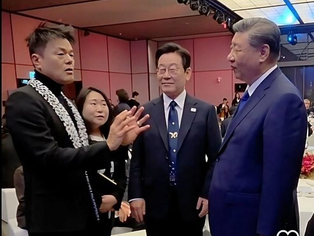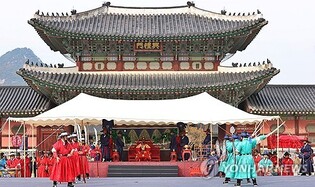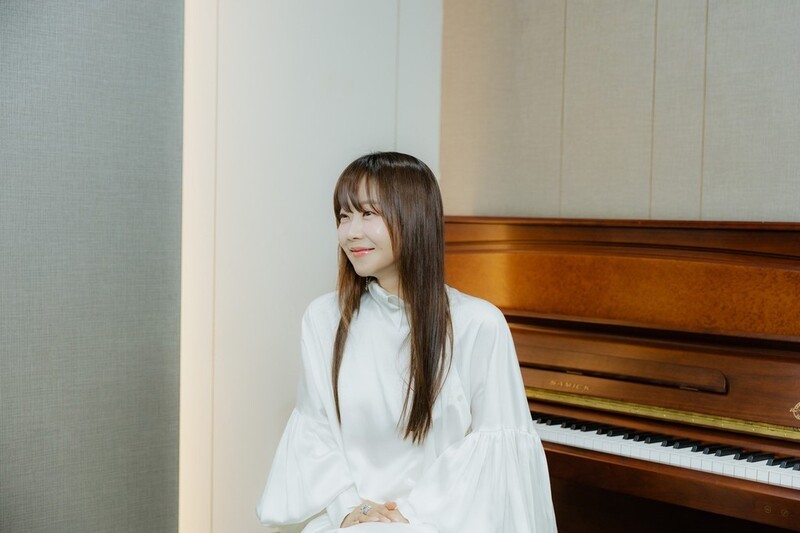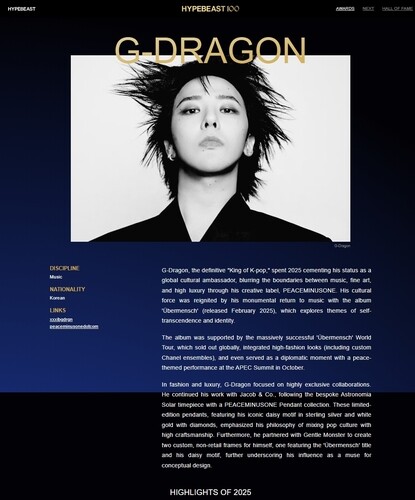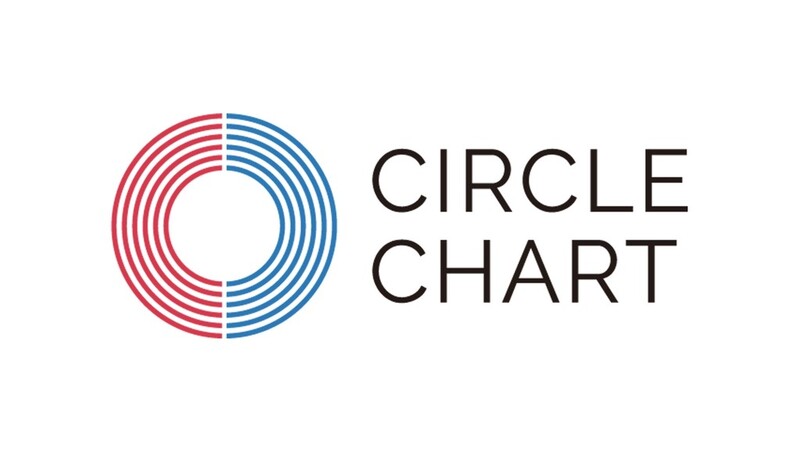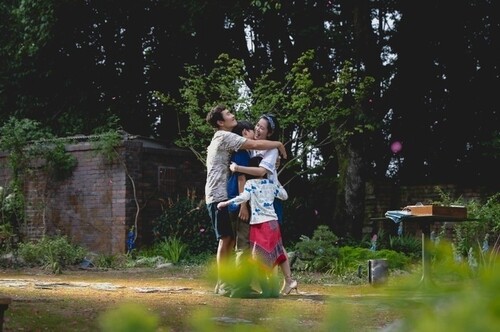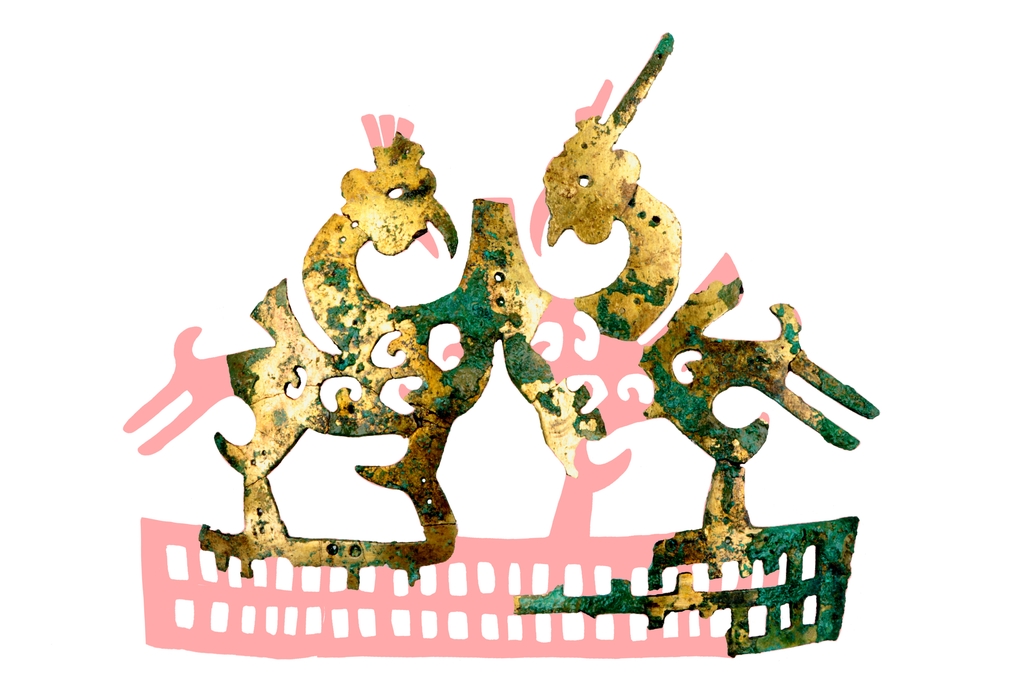 |
| ▲ This photo provided by Haman county shows a reconstructed image of a gilt-bronze crown excavated from Marisan Tomb No. 45. (PHOTO NOT FOR SALE) (Yonhap) |
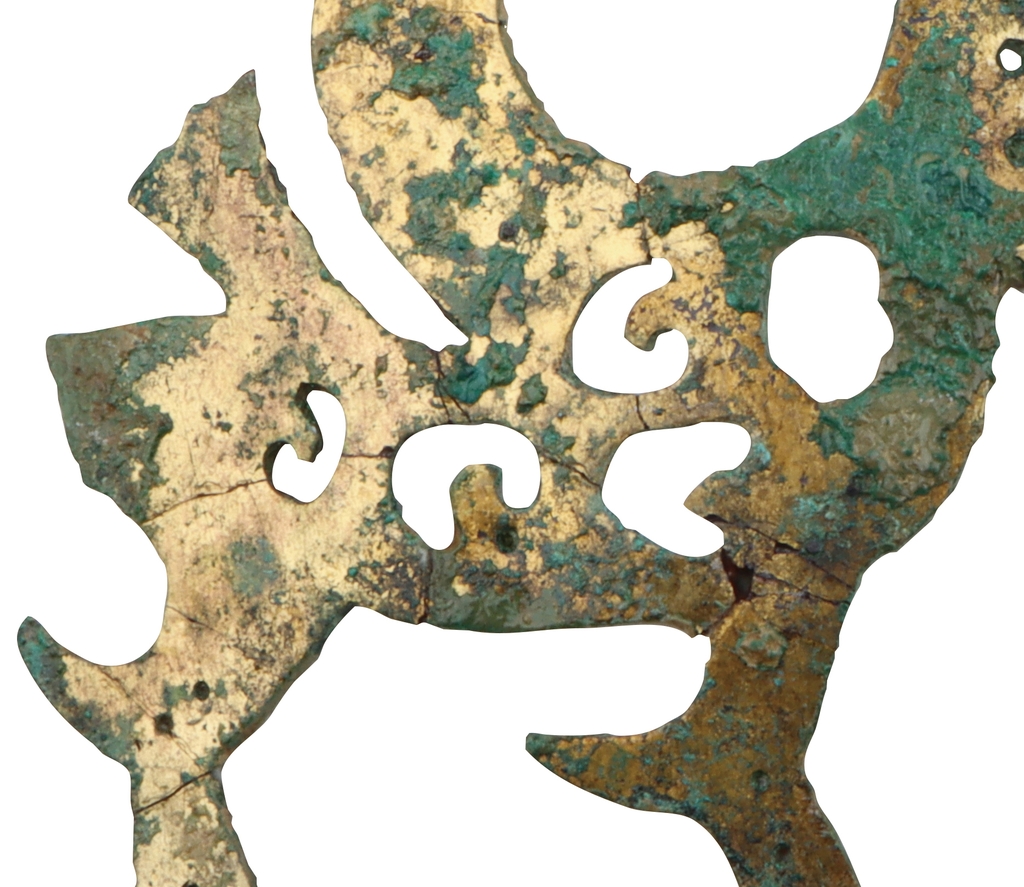 |
| ▲ This photo provided by Haman county shows the left part of the phoenix decoration in a gilt-bronze crown excavated from Marisan Tomb No. 45. (PHOTO NOT FOR SALE) (Yonhap) |
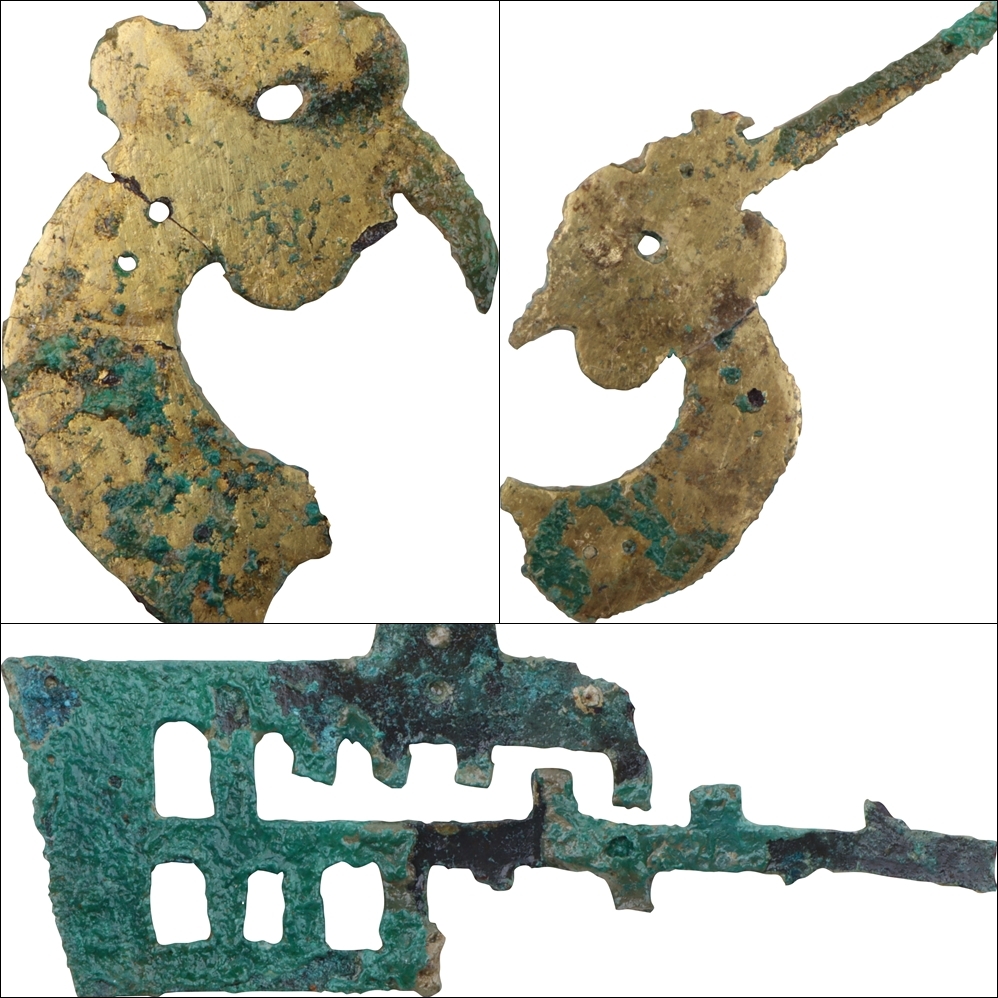 |
| ▲ This photo provided by Haman county shows part of a gilt-bronze crown excavated from Marisan Tomb No. 45. (PHOTO NOT FOR SALE) (Yonhap) |
SEOUL, July 1 (Yonhap) -- A 1,600-year-old gilt-bronze crown dating back to the early 6th century Aragaya period has been confirmed by excavation. This gilt-bronze crown was excavated from Tomb No. 45 of the Marisan Ancient Tombs in Haman, a royal cemetery of the Aragaya kingdom, and is regarded as a unique artifact in that it is decorated by two phoenixes facing each other, albeit not fully shaped.
Marisan Tomb No. 45 is a wooden coffin tomb. The burial pit is 9.7 meters long and 4 meters wide, whereas the wooden coffin is 6.7 meters long and 2.7 meters wide. During the excavation, house, ship, and deep-shaped earthenware were dug up and made headlines.
In this discovery, only a part of the entire gilt-bronze crown was discovered, with a length of 16.4 cm and a height of 8.2 cm.
“The phoenix decorations are characterized by a downwards-facing beak, protruding feathers on the lower part, and curved feathers on the lower part of the tail,” an official of Haman county said. “It is the first ever golden artifact to be found that is from the Three Kingdoms period, decorated with symmetric phoenixes.”
Overall, the gilt-bronze crowns feature two phoenixes facing each other on top of the long diadem bands. Due to the fact that the diadem is curved, not flat, it is likely that it was made according to the shape of a human skull.
Silla’s gold crowns are mostly assembled after producing the various parts individually first, but the gilt-bronze crown from the Marisan Tomb No. 45 was painted on a large copper plate foremost and subsequently pierced partially and carved by a technique called ‘openwork’. Openwork is a sculptural technique of carving designs through the surface of an object, leaving the center hollow.
It was also found that amalgam, in which mercury was mixed with gold and melted, was painted on the crown’s surface, and then coated on the front and back after evaporating the mercury. A small hole was made in two rows on the front to attach more decorations.
“Although the design is not sophisticated and the format somewhat old, it is an important artifact in understanding Aragaya’s metal craftwork,” Professor Lee Han-sang of Daejeon University said.
(END)
(C) Yonhap News Agency. All Rights Reserved








